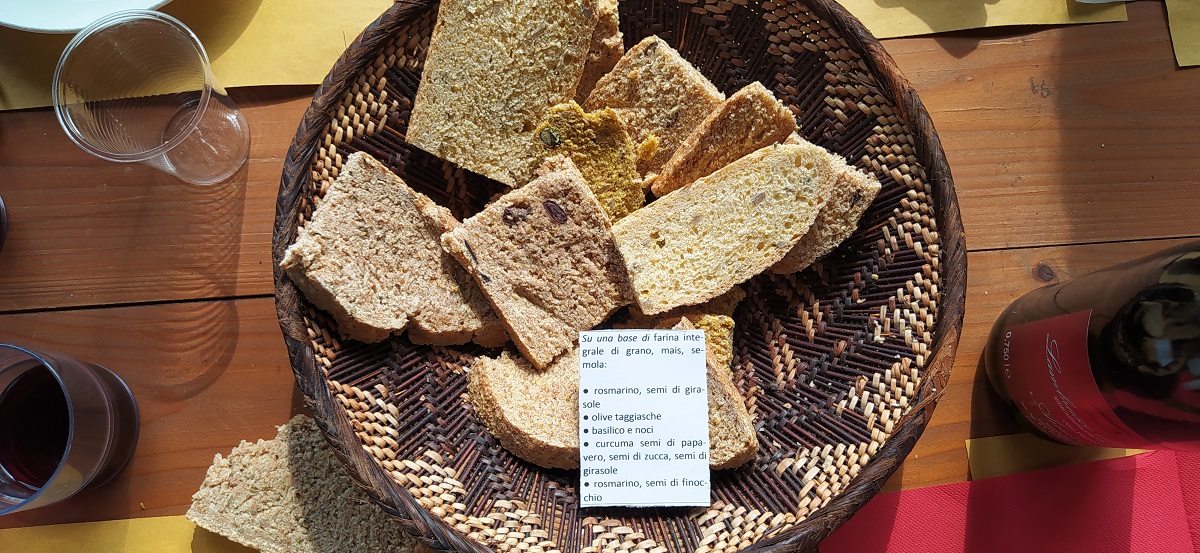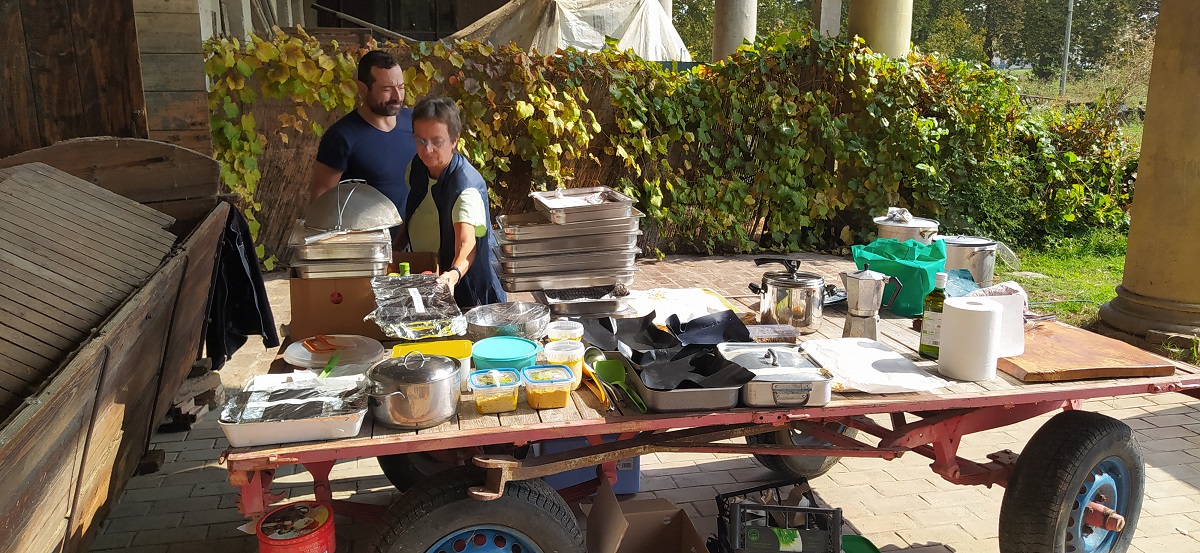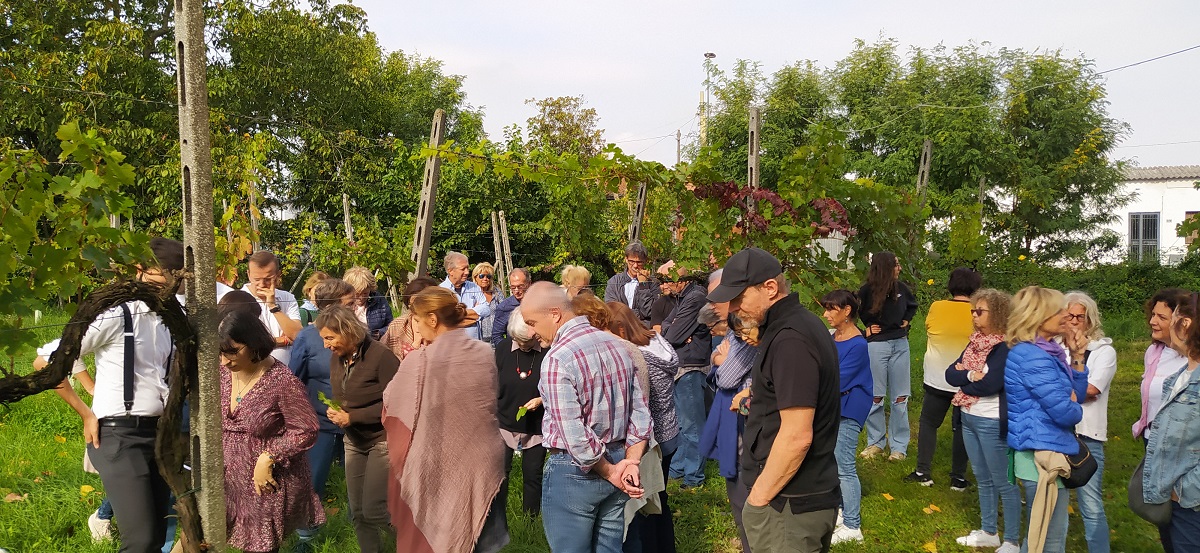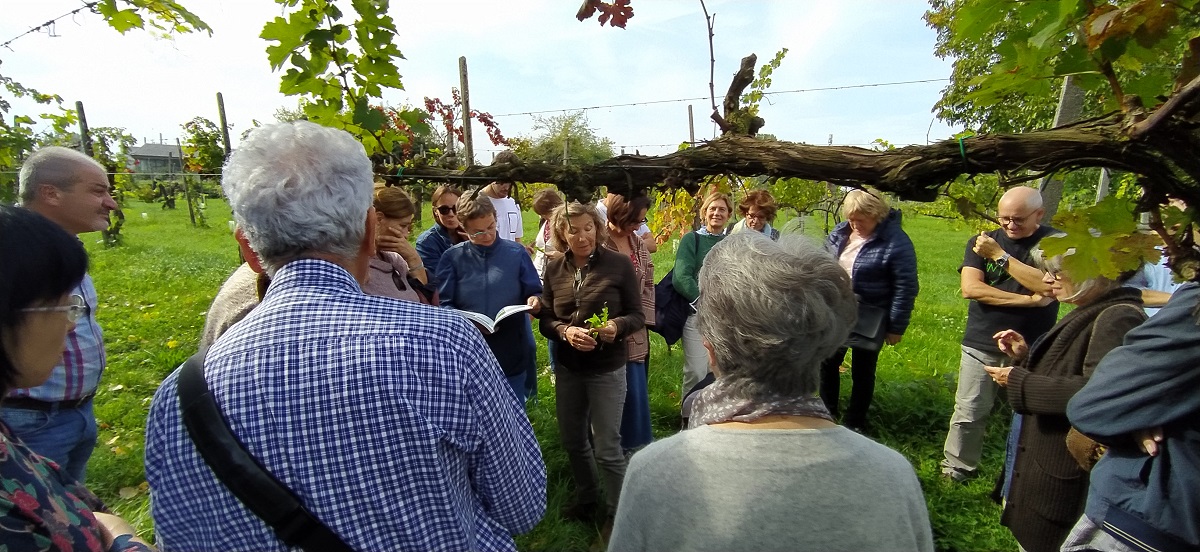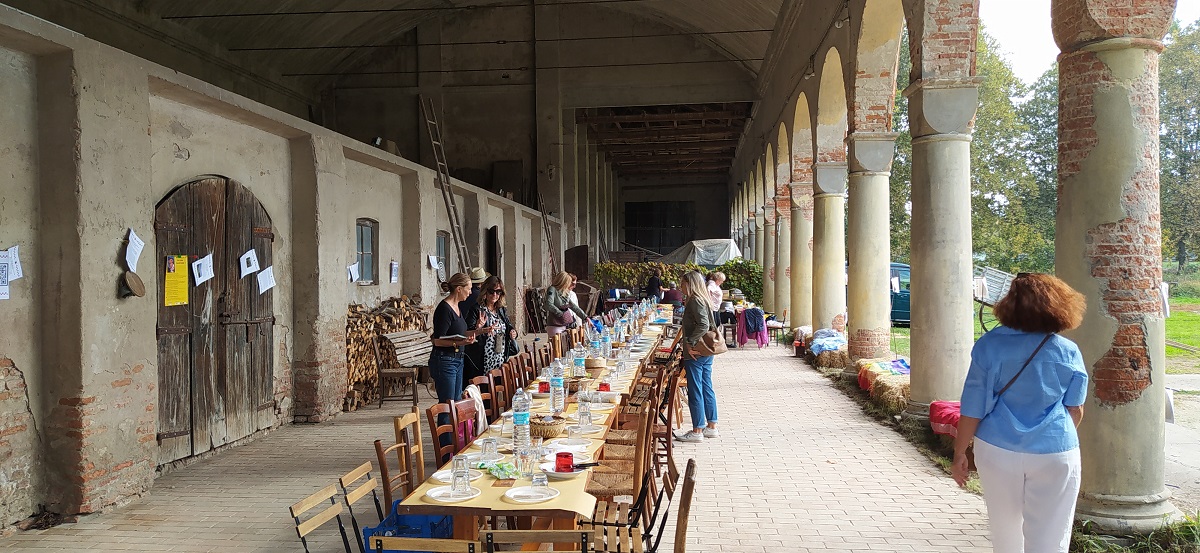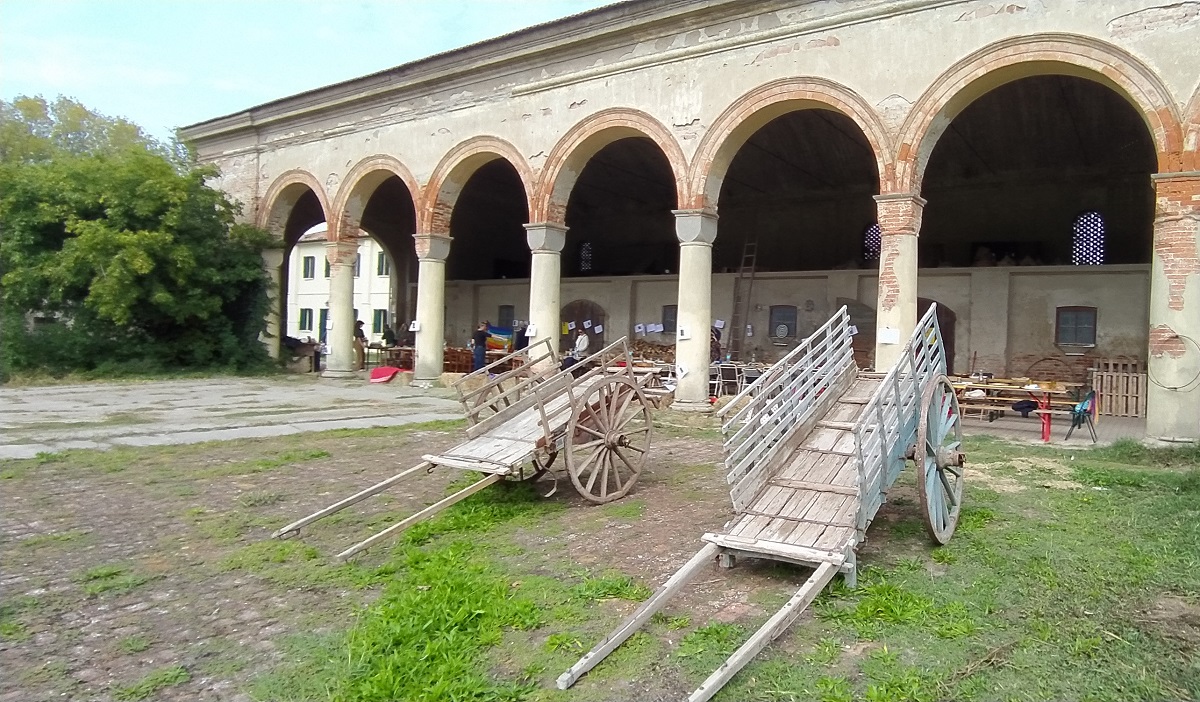Articolo di Marina Agostinacchio
Le piante e le loro proprietà alimentari
L’ASF è un’associazione senza scopo di lucro che dal 2000 promuove iniziative di miglioramento rurale. Ogni anno l’Associazione Agronomi e Forestali senza Frontiere organizza un incontro annuale. Nel settembre scorso il raduno è avvenuto al Fenilon.
Ma cos’è il Fenilon? Ebbene, si tratta di una barchessa, un grande edificio porticato a Fratta Polesine. Un tempo, attorno al grande edificio, si sviluppò un’azienda agricola, attiva ancora oggi con la produzione di uve biologiche. Oggi sono state implementate nuove energie: “la valorizzazione della Corte e del territorio con il Turismo Rurale, i laboratori sperimentali e i giochi all’aperto con la Fattoria Didattica, e l’attività di ricerca con l’Associazione Culturale”.
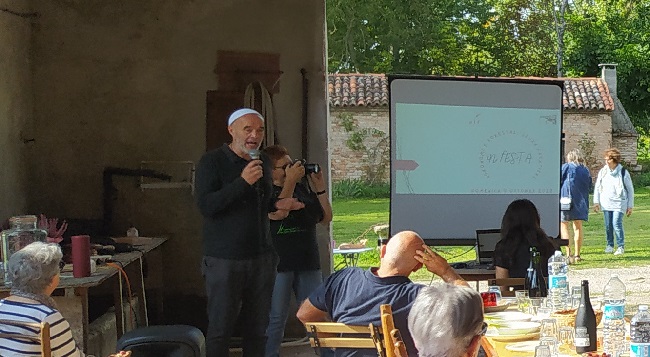
Nell’ambito di tale raduno, ho avuto modo di fare una piacevole camminata, insieme a un gruppo di persone, lungo un terreno, cosparso di piante alimurgiche. A condurci era la professoressa Maria Clara Zuin, (CNR-IBAF: ISTITUTO DI BIOLOGIA AGROAMBIENTALE E FORESTALE – CNR).
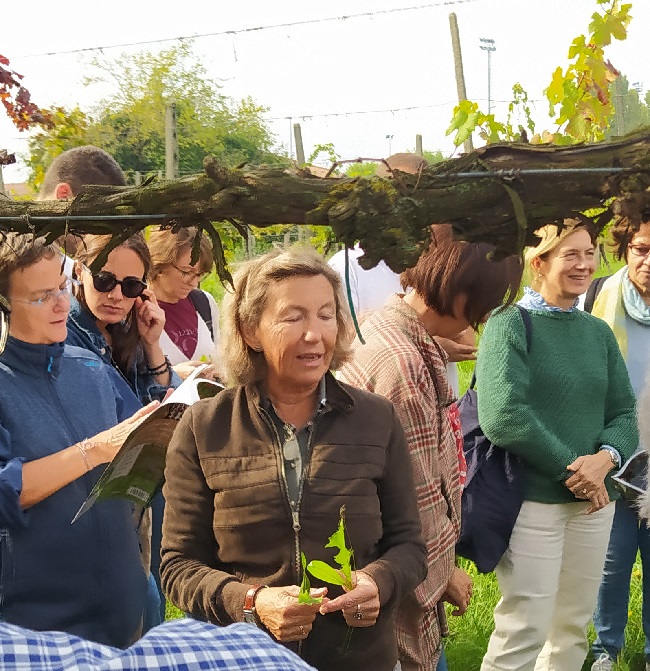
La professoressa Maria Clara Zuin, mentre passeggiavamo tra i campi attorno alla barchessa, ci ha illustrato le Piante alimurgiche del Veneto, narrandone le proprietà e spiegandoci come riconoscerle, coltivarle, gustarle. Per alimurgico si intende la pianta commestibile che cresce spontaneamente in ambienti naturali. La Docente, mentre camminava, teneva tra le mani un libro, “Piante alimurgiche del Veneto. Riconoscerle, coltivarle e gustarle”, edito da Veneto Agricoltura Azienda Regionale per i Settori Agricolo, Forestale e Agroalimentare, Settore Centri Sperimentali.
Vi narrerò ora quanto ci è stato detto di alcune piante che ho visto, toccato, odorato e di cui ci sono state illustrate le proprietà alimentari.
Ad esempio, circa Amaranthus retroflexus L., ho scoperto che le foglie vengono bollite per ripieni, minestre o per preparazioni assieme ad altre specie e che un consiglio per assaporarlo al meglio è quello di lessarlo, eliminando l’acqua in eccesso, condirlo con sale, pepe, olio e limone. Il suo sapore è simile a quello dello spinacio.
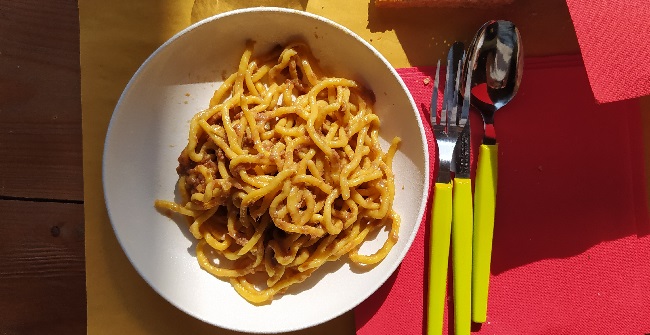
Circa la Campanula rapunculus L., essa viene denominata “tartufo delle specie alimurgiche”; essa può essere consumata da sola in insalata o insieme ad altre erbe, correggendone il sapore amaro, che ricorda quello della noce e della nocciola.

La Portulaca oleracea L., è indicata per insalate dal sapore fresco e “frizzantino”, abbinandole anche ad altri ortaggi in insalate miste.
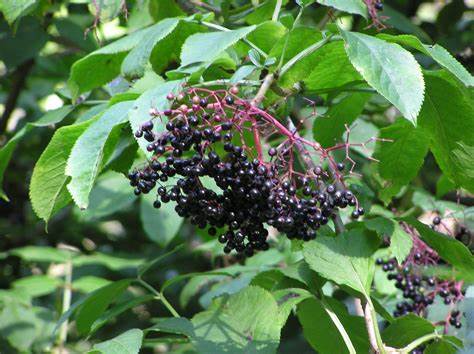
Poi c’è il Sambucus nigra L., le cui Le inflorescenze si possono friggere per ottenere delle squisite frittelle; si utilizzano anche per sciroppi dissetanti. Le drupe mature vengono adoperate per far marmellate e per colorare vini, liquori e sciroppi. La marmellata e il succo hanno proprietà lassative, quindi è consigliabile non eccedere nell’uso.

Infine il Taraxacum officinale Weber; le giovani foglie (coresini) possono essere consumate crude nelle misticanze. Lessata da sola o con altre specie dal sapore più dolce è ottima come verdura cotta passata in padella con olio, aglio e pancetta o lardo; adattissima anche per frittate, minestre e ripieni. I boccioli dei fiori possono essere messi in salamoia e poi sott’olio o sott’aceto.
Ma ci sono davvero tante altre piante e curiosità nel libro della professoressa Maria Clara Zuin “Piante alimurgiche del Veneto — Riconoscerle, coltivarle e gustarle”.
https://www.borntobeonline.it/ilcieloinunastanza/
GALLERY
Plants and their nutritional properties
The ASF is a non-profit association that has been promoting rural improvement initiatives since 2000. Every year the (Italian) ‘Association of Agronomists and Foresters without Borders’ organizes an annual meeting. This year, it occurred at Fenilon.
But what is Fenilon? Well, it is a barchessa, a large porticoed building in Fratta Polesine. Once, around the large building, a farm developed, still active today with the production of organic grapes. Today, new energies have been implemented: “the enhancement of the Court and the territory with Rural Tourism, experimental laboratories and outdoor games with the Educational Farm, and research activity with the Cultural Association”.

As part of this gathering, I had the opportunity to take a pleasant walk, together with a group of people, along a land dotted with alimurgical plants. We were led by Professor Maria Clara Zuin, (CNR-IBAF: INSTITUTE OF AGRI-ENVIRONMENTAL AND FORESTRY BIOLOGY – CNR).
Professor Maria Clara Zuin, as we strolled through the fields around the barchessa, illustrated the alimurgical plants of the Veneto to us, narrating their properties and explaining how to recognize, cultivate and taste them. By alimurgical we mean the edible plant that grows spontaneously in natural environments. The teacher, while she was walking, held a book in her hands, “Alimurgical plants of the Veneto. Recognize, cultivate and taste them”, published by Veneto Agricoltura Regional Company for the Agricultural, Forestry and Agri-Food Sectors, Experimental Centers Sector.

I will now tell you what we have been told about some plants that I have seen, touched, smelled and whose food properties have been illustrated to us. For example, about Amaranthus retroflexus L., I discovered that the leaves are boiled for fillings, soups, or for preparations together with other species and that a tip to savor it at its best is to boil it, eliminating excess water, season it with salt, pepper, oil, and lemon. Its flavor is similar to that of spinach.

Portulaca oleracea L. is indicated for salads with a fresh and “sparkling” flavor, also combining them with other vegetables in mixed salads.

Then there is the Sambucus nigra L., whose inflorescences can be fried to obtain delicious pancakes; they are also used for refreshing syrups. The ripe drupes are used to make jams and to color wines, liqueurs, and syrups. The jam and juice have laxative properties, so it is advisable not to use too much.

Finally, the Taraxacum officinale Weber; the young leaves (coresini) can be eaten raw in mixed salads. Boiled alone or with other species with a sweeter taste, it is excellent as a cooked vegetable sautéed in a pan with oil, garlic, and bacon or lard; also very suitable for omelets, soups, and fillings. The flower buds can be pickled in oil or vinegar.
But there are so many other plants and curiosities in the book by Professor Maria Clara Zuin “Alimurgical plants of the Veneto—Recognize, cultivate, and taste them.”





